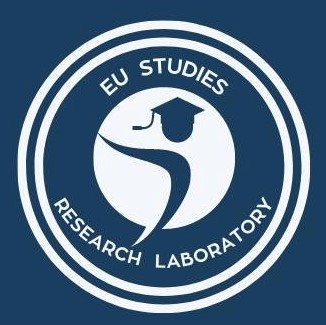Review the literature in research: Summary

Reviewing the literature is a continuous process. It begins before a research problem is finalised and continues until the report is finished. There is a paradox in the literature review: you cannot undertake an effective literature review unless you have formulated a research problem, yet your literature search plays an extremely important role in helping you to formulate your research problem. The literature review brings clarity and focus to your research problem, improves your research methodology and broadens your knowledge base.
Reviewing the literature involves a number of steps: searching for existing literature in your area of study; reviewing the selected literature; using it to develop a theoretical framework from which your study emerges and also using it to develop a conceptual framework which will become the basis of your investigation. The main sources for identifying literature are books, journals and the Internet. There are several sources which can provide information about locating relevant journals.
The literature review serves two important function:
- it provides theoretical background to your study;
- it helps you to contextualise your findings by comparing them with what others have found out in relation to the area of enquiry. At this stage of the research process, only the first function can be fulfilled. You can only take steps to achieve the second function when you have analysed your data and are in the process of writing about your findings.
Your writing about the literature reviewed should be thematic in nature, that is based on main themes; the sequence of these themes in the write-up should follow a logical progression; various arguments should be substantiated with specific quotations and citations from the literature and should adhere to an acceptable academic referencing style.
Ranjit Kumar "Research methodology. Step-by-step guide for beginners".





